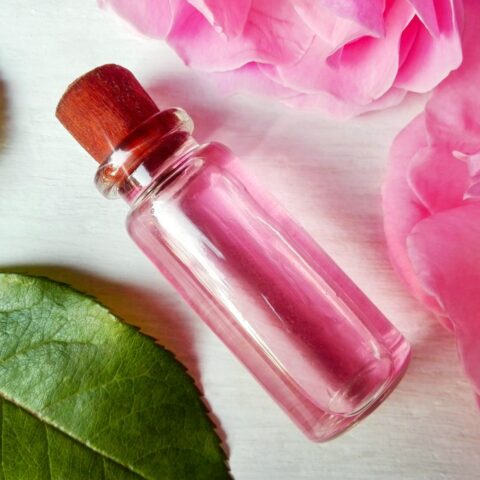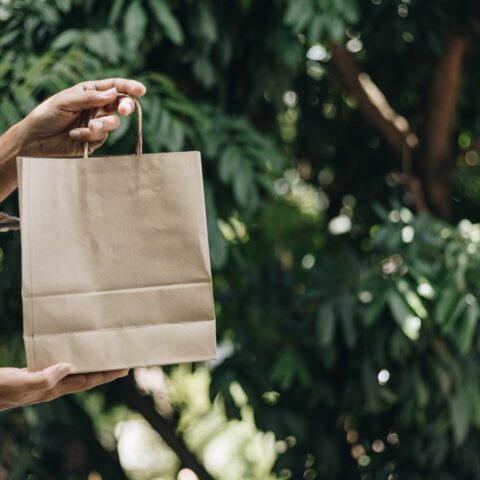5 Common Pollinated Plants We Use in Everyday Life
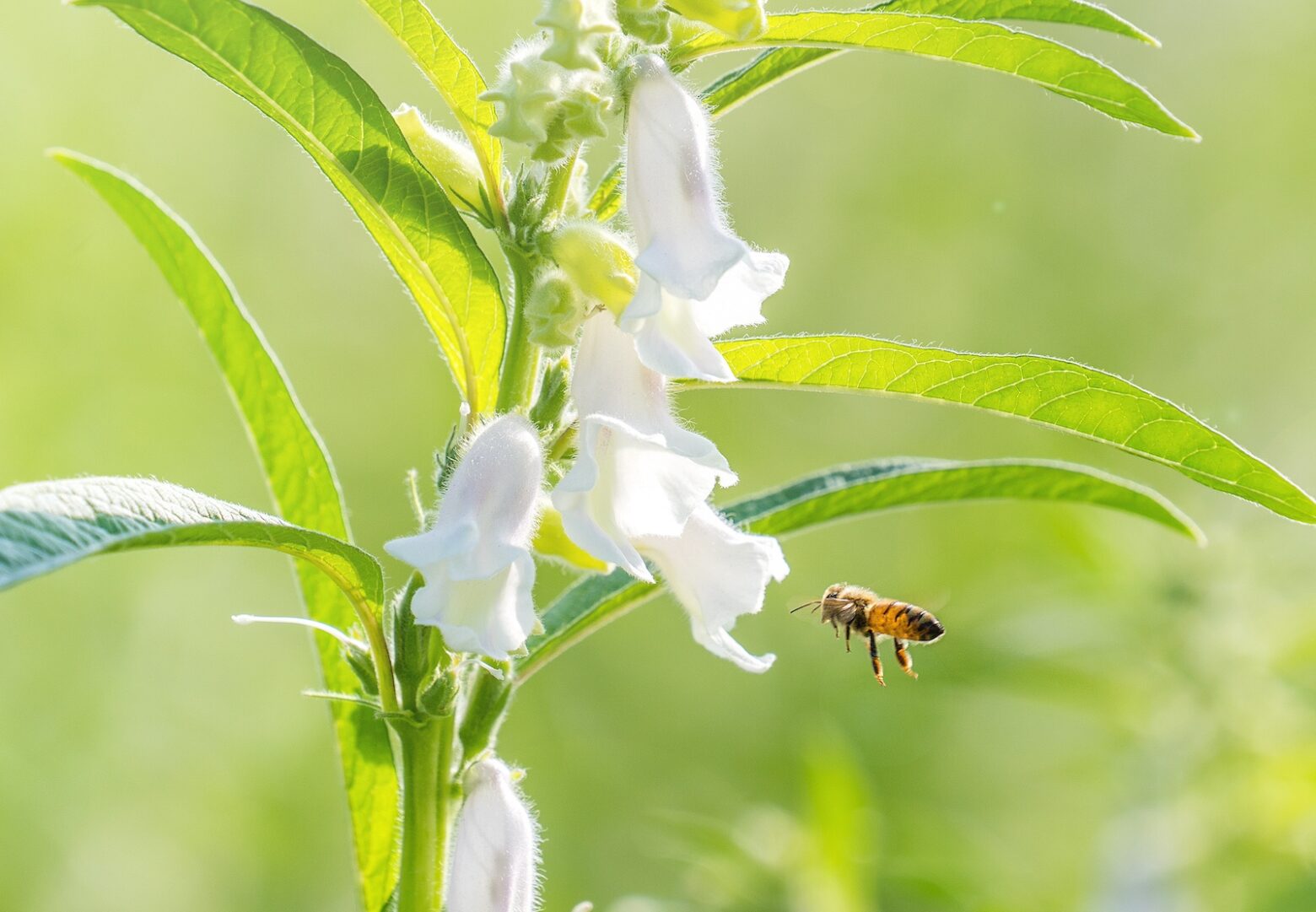
While The Paleo Diet® is often known for its emphasis on meats, it also includes plenty of plant-based foods. Myriad vegetables, fruits, herbs, nuts, seeds, and spices are Paleo, and many of them rely on pollinators to reproduce.
National Pollinator Week is celebrated in June each year—though it’s a bit of a misnomer because what started as an endeavor in the United States has now spread to an international celebration of protecting pollinator ecosystems.
With that in mind, we wanted to draw attention to how much we rely on pollinators for the plant-based foods we enjoy on a daily basis—like coffee, chocolate, vanilla, peppermint, and sesame. Read on for more information on these everyday pollinated plants.
Coffee
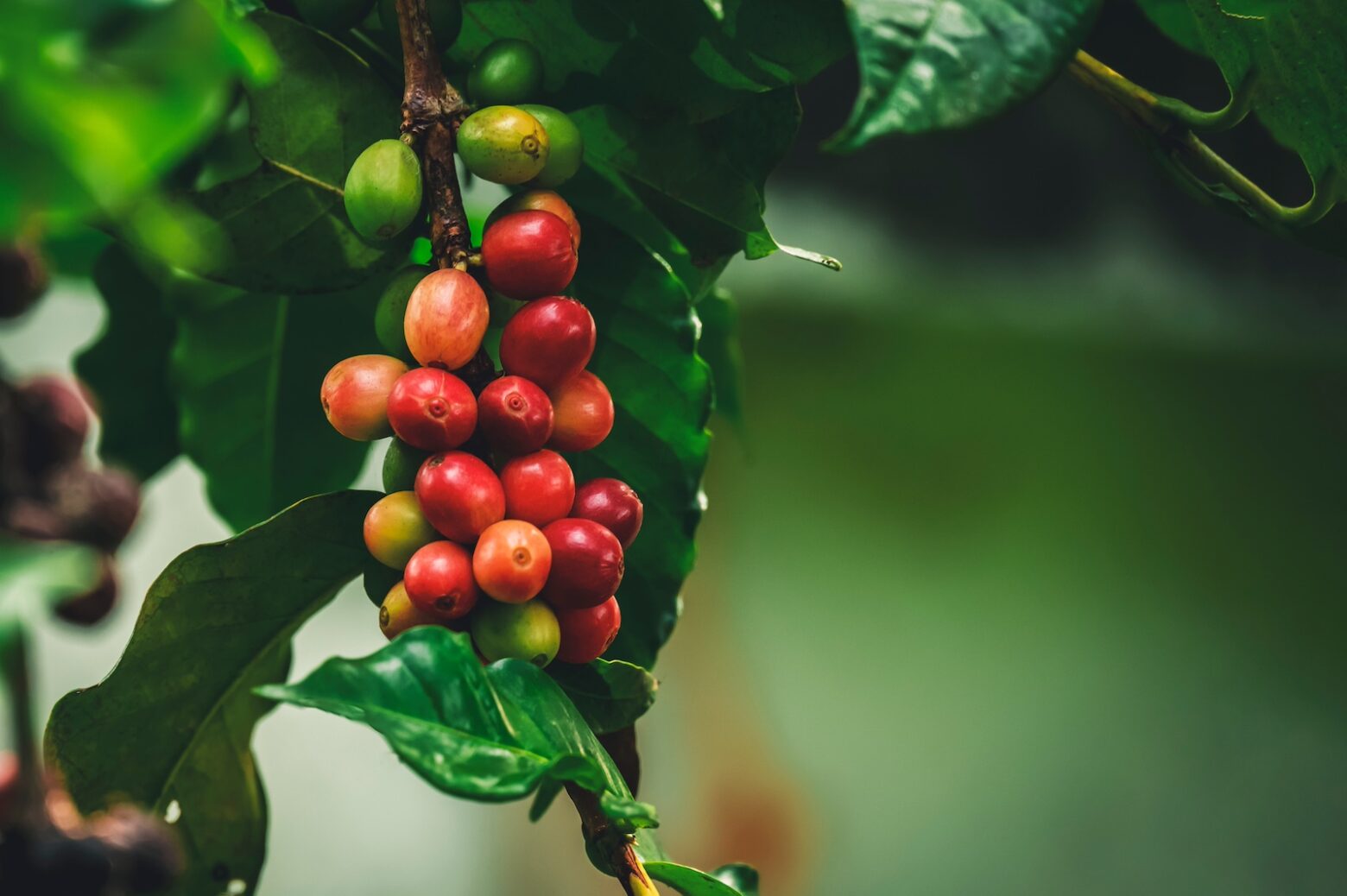
Coffee is one of the most widely consumed beverages in the world, and for many, it’s a daily indulgence. Coffee plants typically grow in tropical climates, in an area between the Tropic of Cancer and the Tropic of Capricorn known as the “coffee belt.” Major coffee-producing countries include Brazil, Vietnam, Colombia, Ethiopia, and Indonesia. [1]
Coffee was supposedly first discovered in Ethiopia. There’s a legend that a goat herder named Kaldi discovered his goats eating red berries from a bush. He noticed that after eating the berries, the goats became unusually energetic and didn’t sleep at night. Kaldi brought the berries to the local monastery, where the monks started experimenting with them. The rest is history. [2]
The coffee plant uses both self-pollination and cross-pollination, depending on the species. Coffea arabica flowers are primarily self-pollinating. Each flower has male (stamen) and female (pistil) reproductive organs, allowing it to fertilize itself. Coffea canephora (robusta) relies on insects—primarily bees—for pollination. The insects transfer pollen as they move from flower to flower in search of nectar. [3]
Coffee vs. Espresso
Many people wonder about the difference between coffee and espresso and whether they’re from different plants. But there’s no real difference between coffee and espresso apart from roasting time, grind, and the concentration of the brew. [4]
Espresso comes from dark roasted coffee beans that are ground to a fine powder. It’s then prepared by tamping the grounds into a portafilter and brewing it with an espresso machine. The following recipe uses espresso brightened with rosehip and cardamom for a flavorful latte.
Chocolate
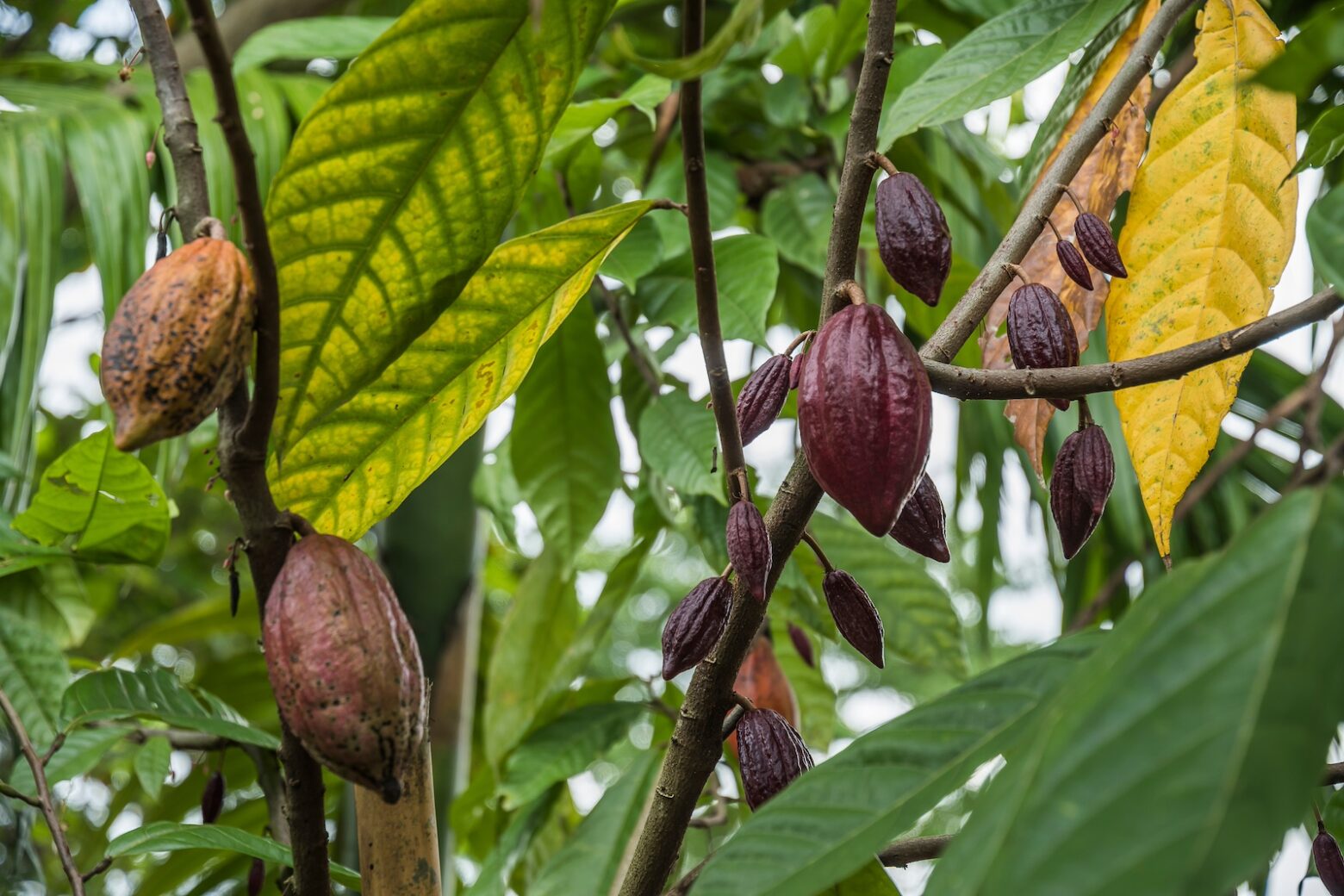
Decadent, indulgent, sinful—chocolate is often described in such flourishing terms. This pollinated plant is made from the cacao seed, Theobroma cacao, and the word Theobroma even means “food of the gods.”
Cacao is native to the tropical regions of the Americas, specifically the rainforests of the Amazon basin, which includes parts of modern-day Ecuador, Peru, Colombia, and Brazil. This region provides the ideal environment for the cacao tree to thrive.
When the Spanish conquistadors arrived in the Americas in the early 1500s, they encountered the Aztecs and their cacao-based beverages. The Spanish brought cacao back to Europe, where it quickly gained popularity. Now, chocolate candies and treats are a must-have for many major holidays in Europe and the Americas. [5]
The main pollinators of cacao flowers are tiny midges from the Ceratopogonidae family. These midges are small enough to navigate the intricate structures of cacao flowers; larger insects cannot easily access their deep recesses. Other potential pollinators are certain types of flies and wasps. [6,7]
Though processed chocolate with added sugars and dairy is not considered part of The Paleo Diet, cacao has numerous health benefits. With a small amount of natural sweetener, you can make healthier-for-you recipes or occasional treats to be enjoyed as part of the 85/15 principle, such as chocolate nut butter treats.
Vanilla
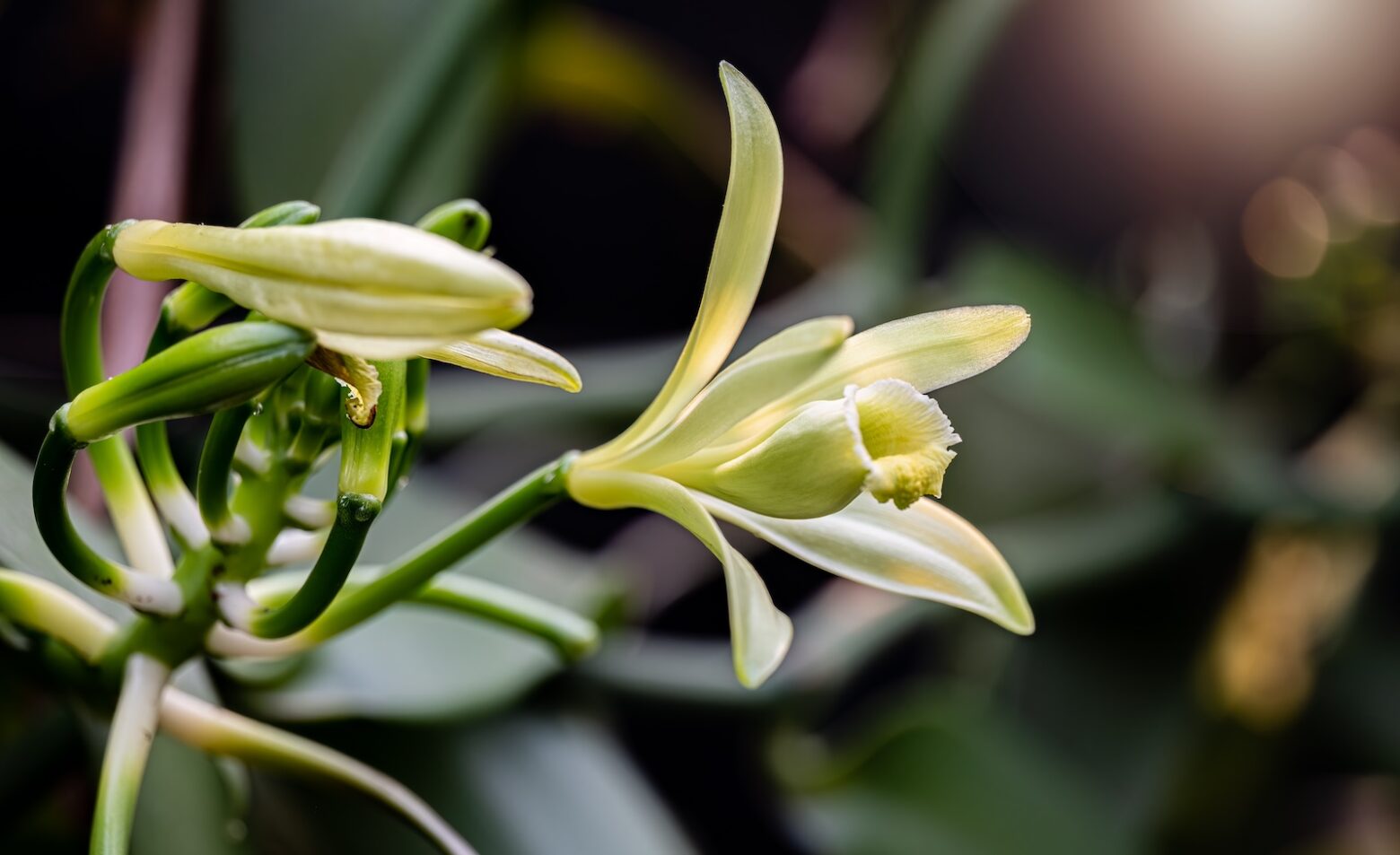
Vanilla beans come from an orchid (Vanilla planifolia) native to the tropical forests of Mexico and Central America. Like cacao, vanilla came to Europe through Spanish conquistadors in the early 1500s. They are often credited with bringing vanilla, along with cacao, back to Spain after encountering it in the Aztec Empire. [8]
In Europe, vanilla became very popular. It was initially used to flavor chocolate, but later used in a variety of desserts and perfumes. Vanilla is now one of the most popular flavorings in the world. It’s used in ice cream, baked goods, beverages, and other desserts.
Researchers have long believed the vanilla orchid’s pollinators in Mexico to be Melipona bees. These tiny bees can navigate the complex structure of the vanilla flower. However, scientists are still unsure whether these bees are capable of complete pollination. Other potential pollinators include certain hummingbird species, larger bees, and other insects. [9] Outside of Mexico, vanilla orchids must be hand pollinated.
RELATED: 5 Beneficial Fall Spices to Add to Your Diet
For a unique spin on a summer side dish, use vanilla to caramelize the pineapple in this tropical fruit salad.
Peppermint
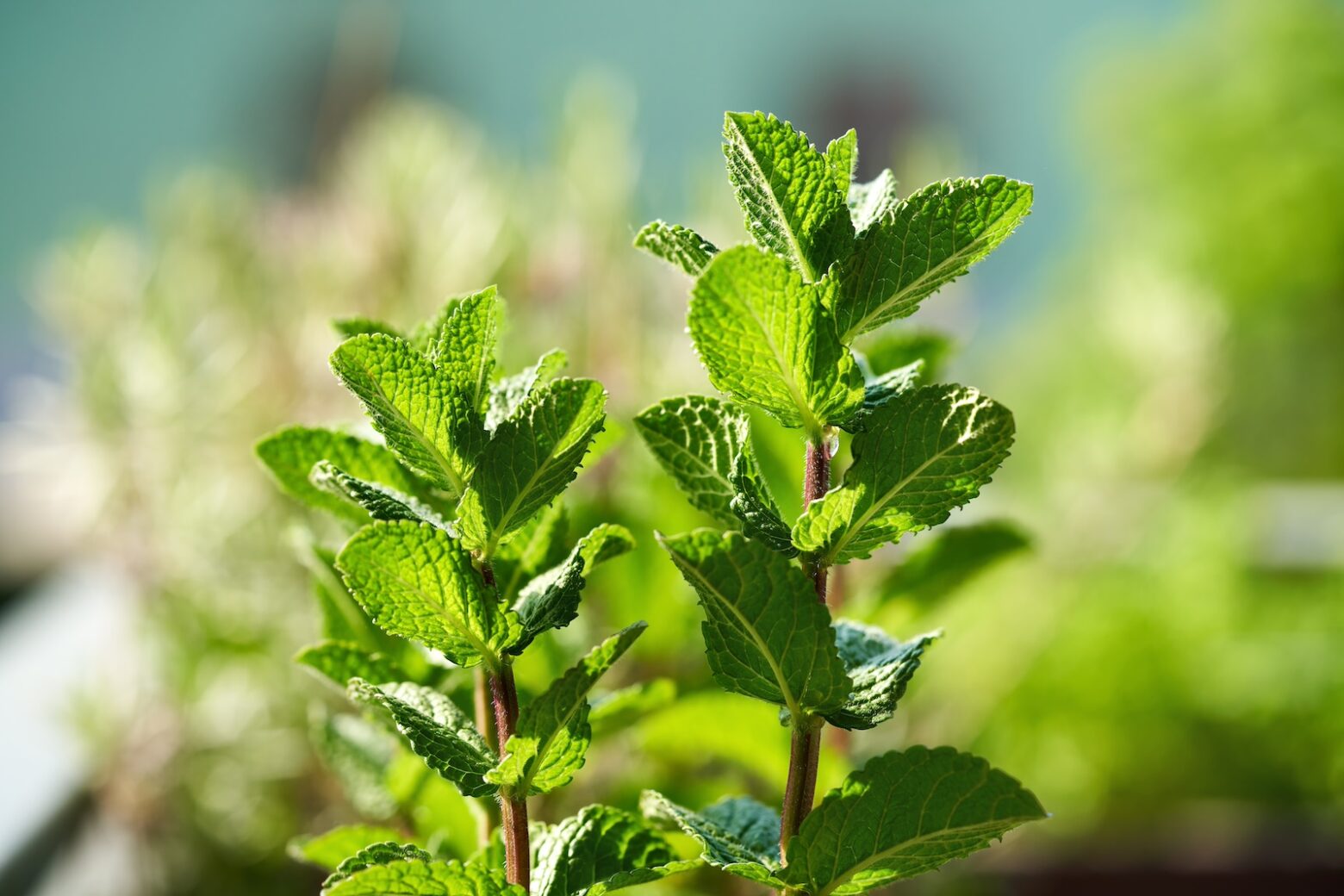
Peppermint (Mentha × piperita) is a natural cross between two mint plants: water mint (Mentha aquatica) and spearmint (Mentha spicata). The earliest recorded mention of peppermint as a distinct species dates back to 1696 in England, where it was noted for both medicinal and culinary uses. [10]
Peppermint adds flavor to a variety of dishes, including salads, beverages, and desserts. The leaves can also be used as a garnish. Peppermint tea is popular for its refreshing taste and digestion-soothing properties. The essential oil is used in candies, chewing gum, toothpaste, and other products. It’s also diffused to create a fresh and uplifting aroma.
Peppermint also has a long history of use in traditional medicine. It’s especially known for relieving indigestion and nausea. The menthol in peppermint oil has a cooling effect and is used topically for muscle pain, headaches, and respiratory issues. It also has antimicrobial and antiviral properties; it can help reduce cold symptoms when inhaled or applied topically.
The main pollinators of peppermint flowers are bees and flies, which transfer pollen from flower to flower as they feed on nectar. [11]
For a sweet wintertime treat, make peppermint bark with the leaves and oil, swapping white chocolate for dairy-free yogurt. It even features a layer of cacao sweetened with coconut oil.
Sesame
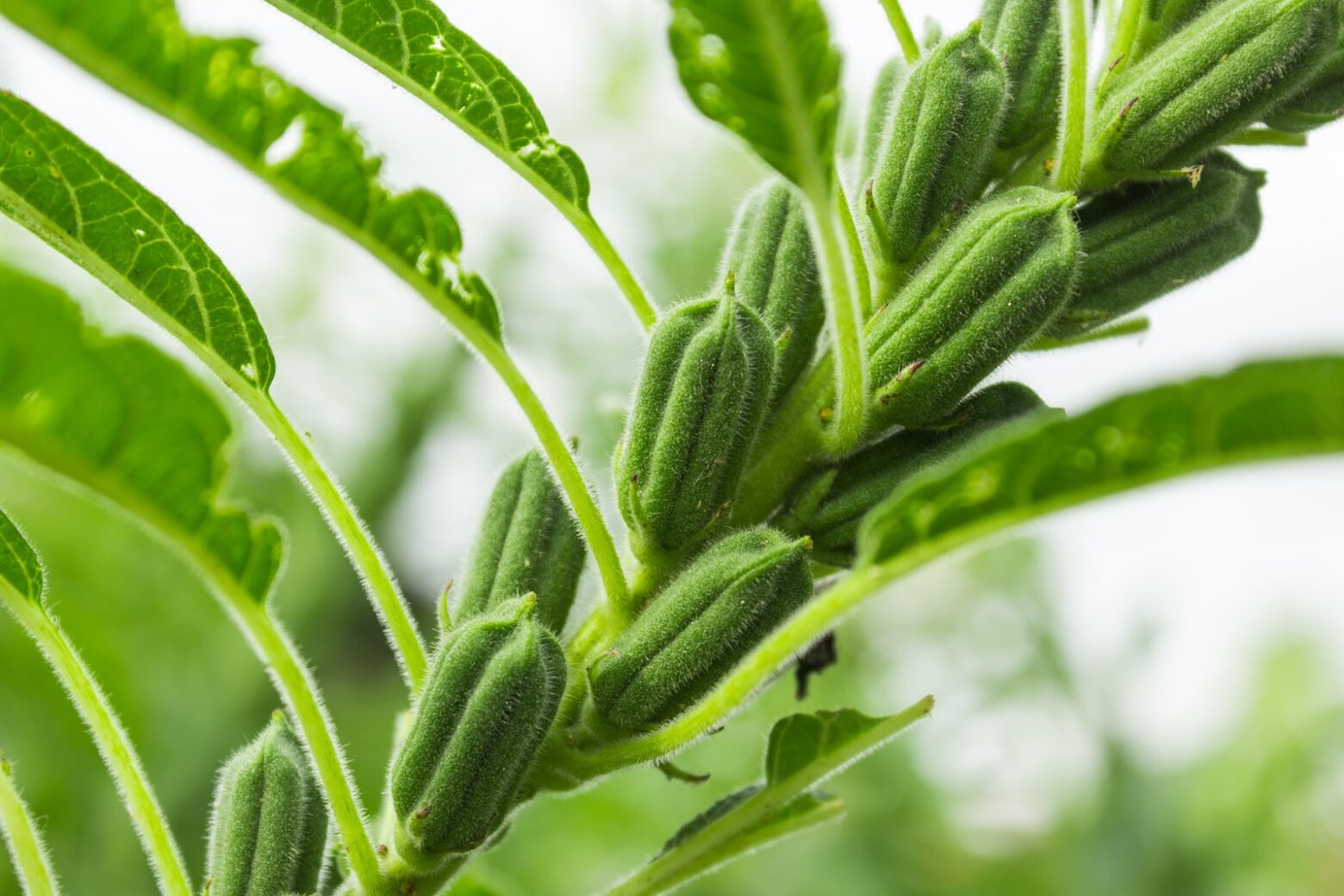
Sesame (Sesamum indicum) was likely first discovered in Pakistan. It’s rich in protein and fats and was one of the first crops used for its oil. The Chinese have cultivated and used sesame for over 5,000 years, however, it’s also grown in India and Africa. [12]
Sesame seeds are used in a wide range of culinary applications worldwide, including as a topping for breads and pastries, in sauces (such as tahini), and a variety of Asian and Middle Eastern dishes. Sesame oil, extracted from the seeds, is a popular cooking oil known for its rich, nutty flavor, but is not considered Paleo due to its extremely high omega 6 to omega 3 ratio.
Sesame is primarily self-pollinating, but it can also be cross-pollinated by insects. Bees are the primary pollinators of sesame plants, along with other insects like butterflies, moths, flies, and beetles. [13]
Use white or black sesame seeds as the topping for your next salad or meal, such as garlic-lime marinated salmon.
The Paleo Diet Is Made Possible by Our Pollinator Friends
Pollinators are essential for the plant-based foods central to The Paleo Diet, including fruits, vegetables, nuts, and seeds. By promoting pollinator health, we can also support sustainable agriculture practices.
In doing so, we’ll help to ensure the availability of these nutritious foods for future generations. Pollinators help make The Paleo Diet possible, so remember them the next time you’re brewing a cup of coffee or enhancing a dish with a splash of vanilla.
RELATED: Supporting Regenerative Agriculture with The Paleo Diet
References
- The National Coffee Association USA. (n.d.). Coffee Around the World. National Coffee Association website: www.ncausa.org.
- The National Coffee Association USA. (n.d.). The History of Coffee. National Coffee Association website: www.ncausa.org.
- Klein, A. M., Steffan-Dewenter, I., & Tscharntke, T. (2003). Bee pollination and fruit set of Coffea arabica and C. canephora (Rubiaceae). American journal of botany, 90(1), 153–157.
- Angeloni, G., Guerrini, L., Masella, P., Bellumori, M., Daluiso, S., Parenti, A., & Innocenti, M. (2019). What kind of coffee do you drink? An investigation on effects of eight different extraction methods. Food research international (Ottawa, Ont.), 116, 1327–1335.
- Montagna, M. T., Diella, G., Triggiano, F., et al. (2019). Chocolate, “Food of the Gods”: History, Science, and Human Health. International journal of environmental research and public health, 16(24), 4960.
- Arnold, S. E. J., Forbes, S. J., Hall, D. R., et al. (2019). Floral Odors and the Interaction between Pollinating Ceratopogonid Midges and Cacao. Journal of chemical ecology, 45(10), 869–878.
- Chumacero de Schawe, C., Kessler, M., Hensen, I. et al. Abundance and diversity of flower visitors on wild and cultivated cacao (Theobroma cacao L.) in Bolivia. Agroforest Syst 92, 117–125 (2018).
- de Oliveira, R. T., da Silva Oliveira, J. P., & Macedo, A. F. (2022). Vanilla beyond Vanilla planifolia and Vanilla × tahitensis: Taxonomy and Historical Notes, Reproductive Biology, and Metabolites. Plants (Basel, Switzerland), 11(23), 3311.
- Dressler R.L. The Orchids: Natural History and Classification. Harvard University Press; Cambridge, MA, USA: 1981.
- Silva, H. (2020). A descriptive overview of the medical uses given to Mentha aromatic herbs throughout history. Biology, 9(12), 484.
- Thapa, R. B. (2006). Honeybees And Other Insect Pollinators Of Cultivated Plants: A Review. Journal of The Institute of Agriculture and Animal Sciences, 27:1-23.
- Wei, P., Zhao, F., Wang, Z., Wang, Q., et al. (2022). Sesame (Sesamum indicum L.): A Comprehensive Review of Nutritional Value, Phytochemical Composition, Health Benefits, Development of Food, and Industrial Applications. Nutrients, 14(19), 4079.
- Sperry, B. (2016). Open Sesame: The Pollination of Sesame Plants. University of Florida Institute of Food and Agricultural Sciences website.
Betsy Schroeder
Betsy does research and writing for a few different websites in the natural health field after taking Masters level courses in Nutrition & Functional Medicine through the University of Western States.
More About The Author

